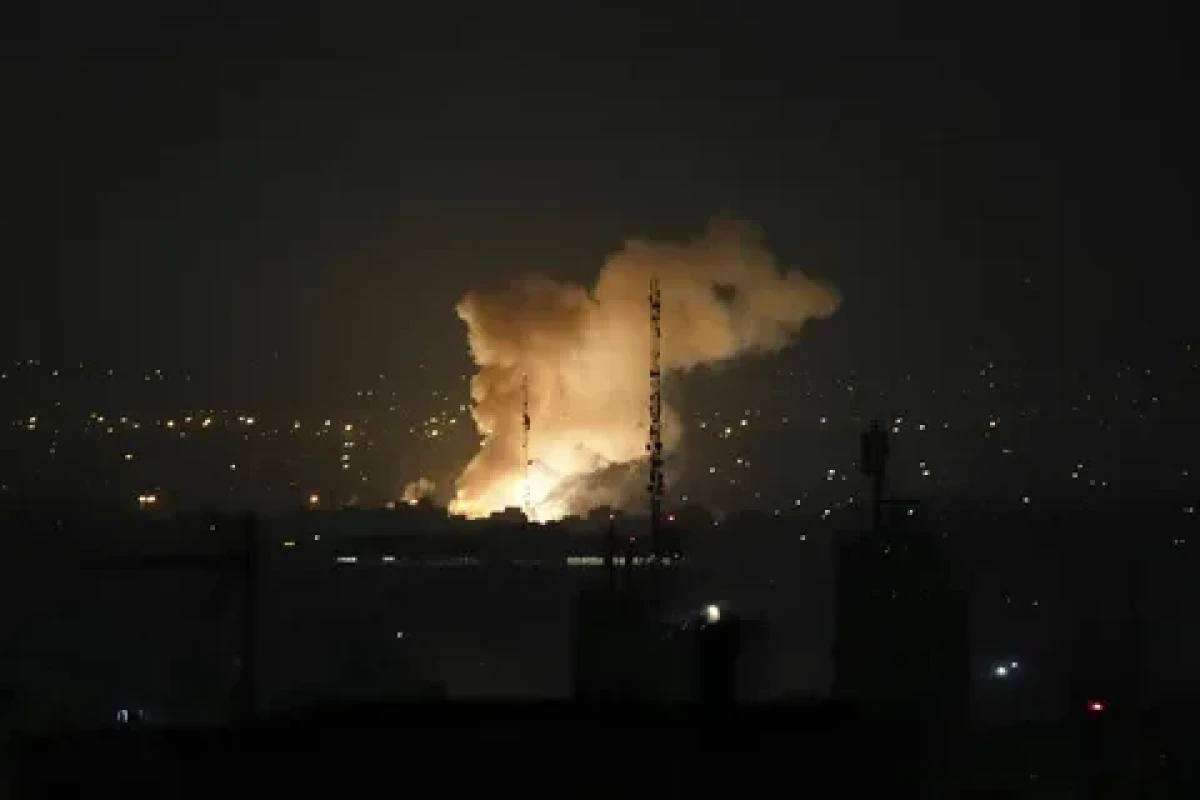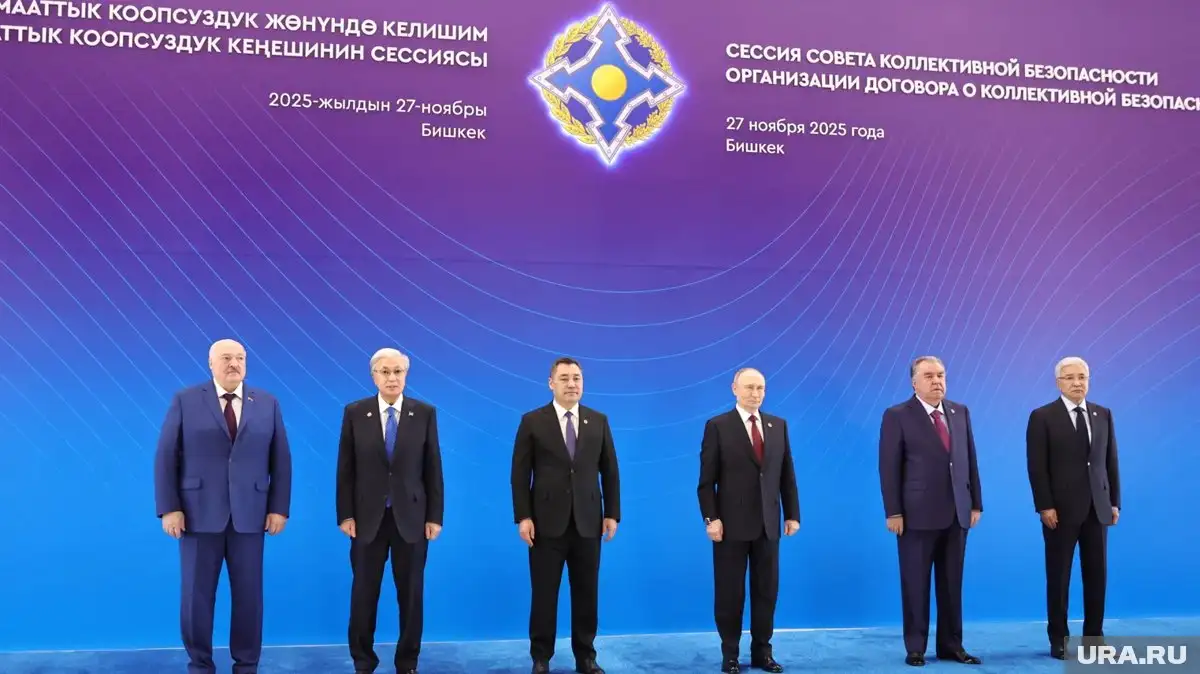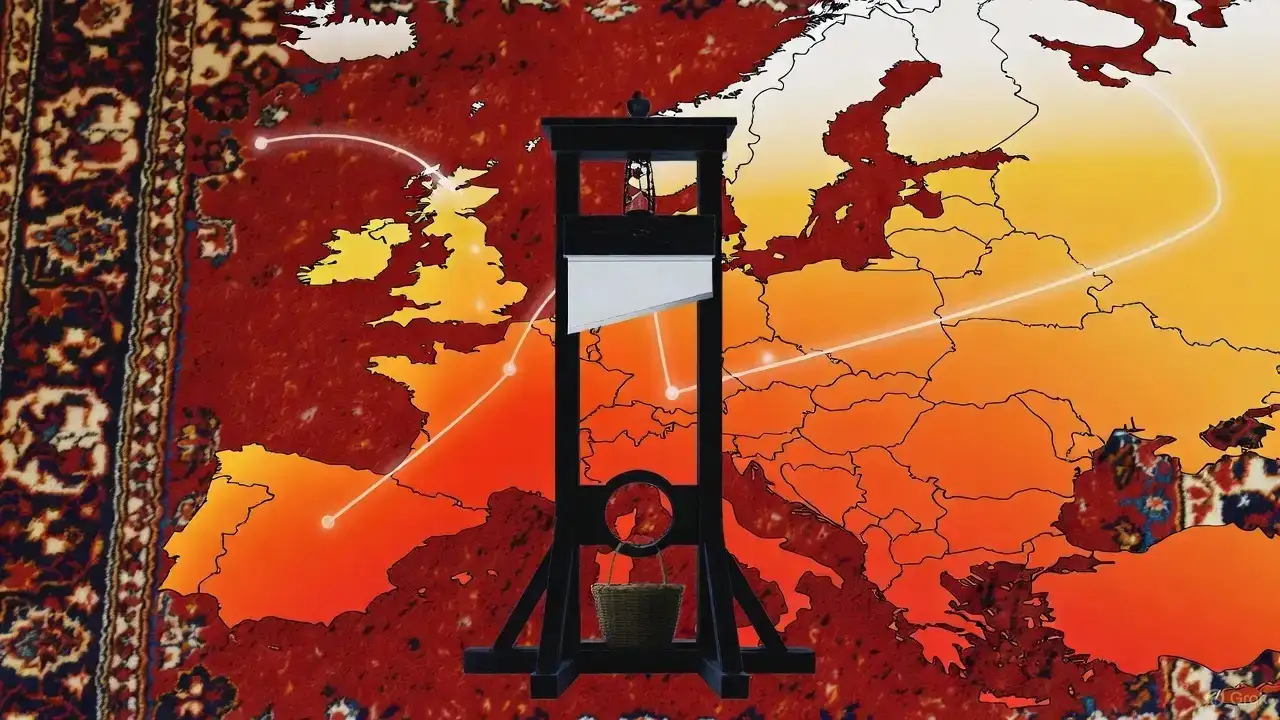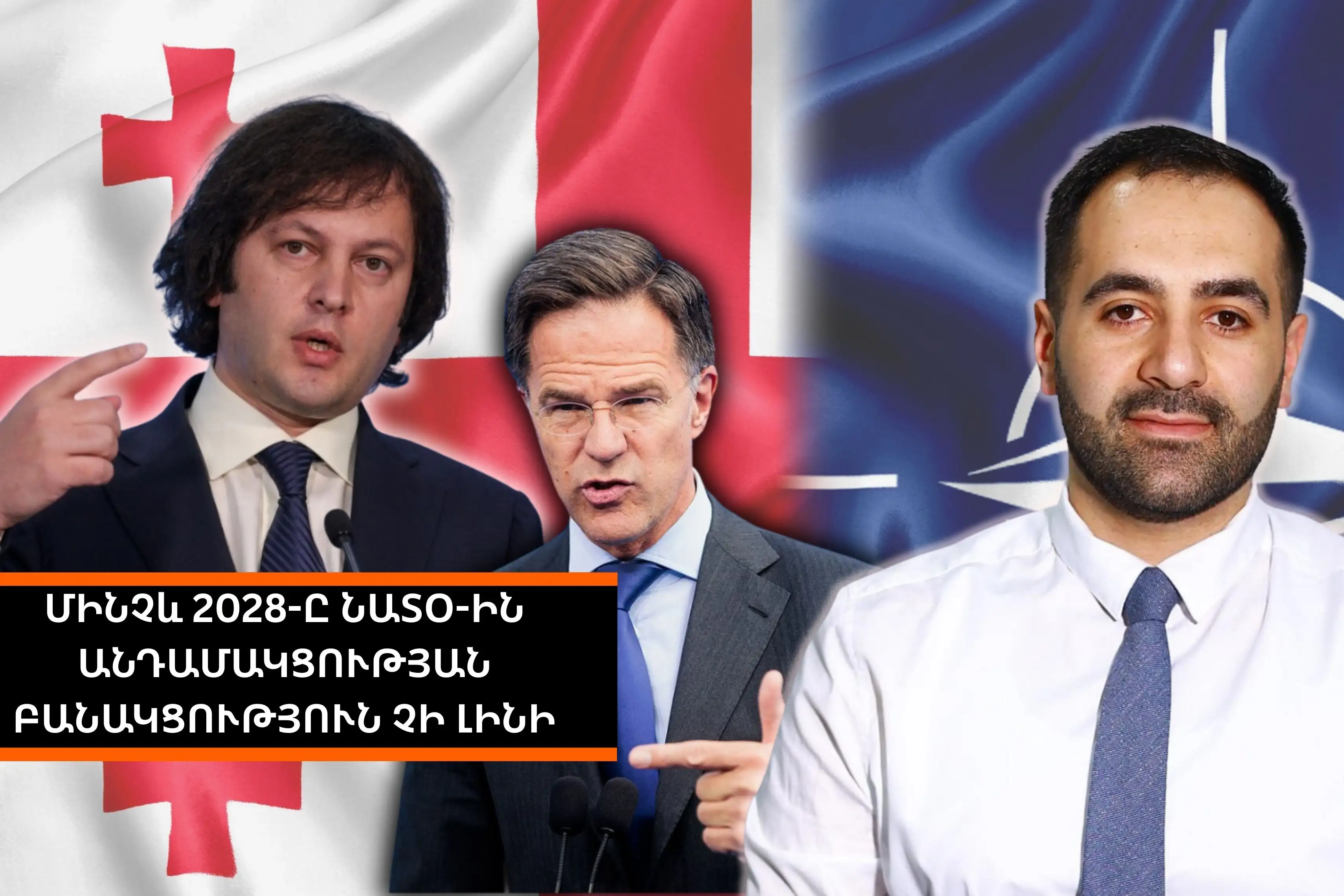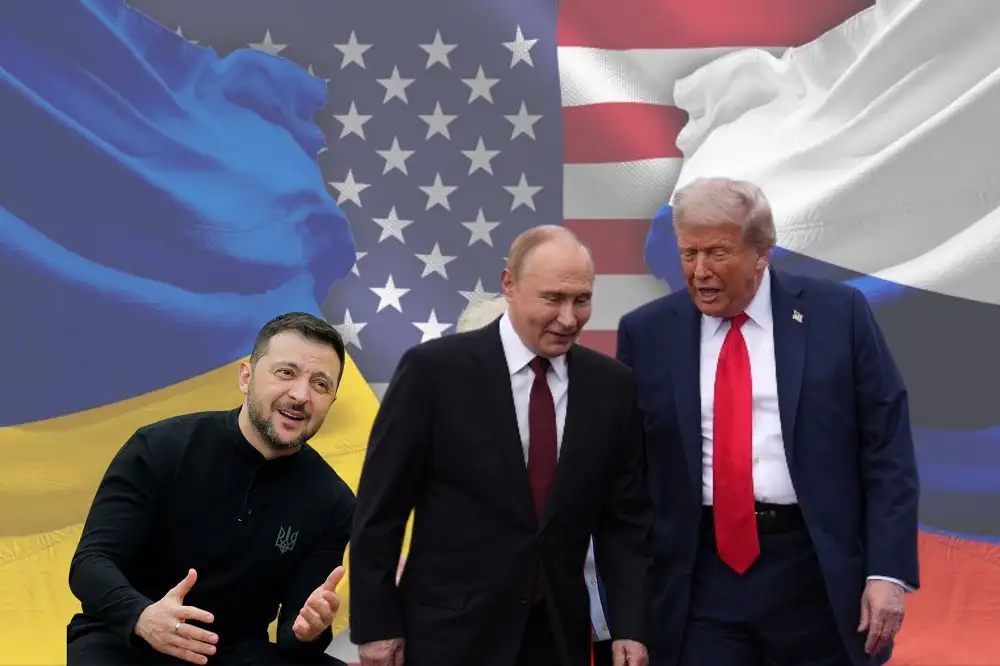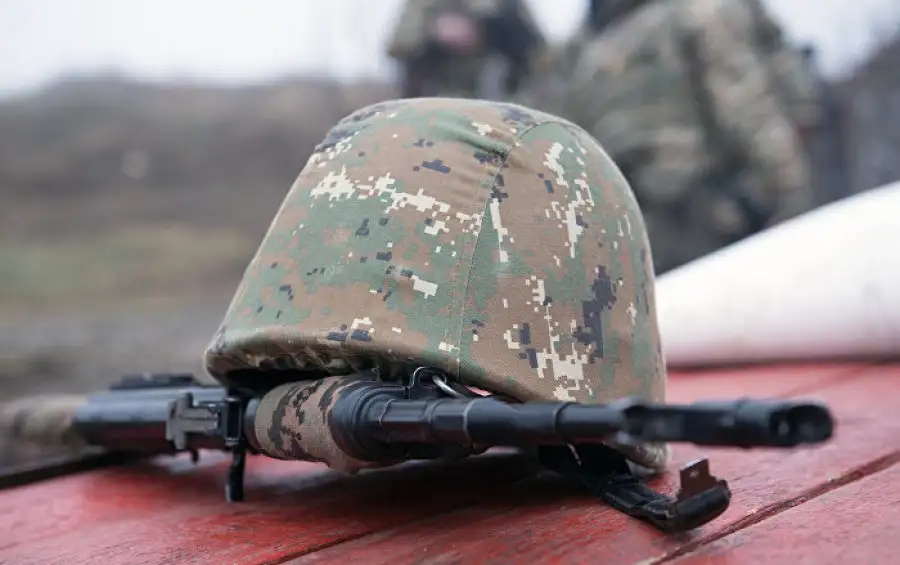The Middle East is boiling with a new Iran-Israel war, which is unprecedented. The battle is being waged between countries whose borders are about 1,200 km apart in a straight line, and between them are several states. Military operations are being conducted with technologically advanced long-range weapons of destruction: missiles, including hypersonic ballistic (Iran), as well as the latest generation of fighters, UAVs (Israel). The countries have launched a large-scale air confrontation, in the case of Israel, a new generation of sabotage war, the example of which the world has not seen.
The situation is also unique and complex due to the differences in the parties' strategic goals, the test of societies' endurance, and the contrasting differences in external support. The development of the conflict clearly shows that this is not just a military confrontation; this is a battle of institutional formations, one might even say, civilizational differences.
The logic of the strikes: Targeted precision against a chaotic threat
Israeli military strikes are of a systematic and calculated nature, initially revealing the fact that the military operation was planned long ago and in every detail. In the first stage, Israel destroys Iran's air defense systems, gaining air superiority right on Iranian territory. Strikes on the command centers of the Islamic Revolutionary Guard Corps (IRGC) follow, as well as the targeted destruction of the command structure of the aforementioned militarized organization, which is the most radical towards Israel and provides solid military-political support for the current spiritual power of Iran. The goal is clear: to paralyze the command, suppress the ability of the military-political elite to govern and deprive the current Islamic administration of its main military-political support.
In the next stage, Israel targets Iran's nuclear infrastructure. The two central atomic facilities in the Natanz and Fordow areas become the targets of the strikes.
The attacks on energy systems and oil refining facilities followed to paralyze the country's economic potential and the resources that could feed Iran's military resistance.
In the final stage, Israel's target is Iran's government bodies, military and civilian administrative buildings, and operational control centers. The goal is to collapse the country's state governance system, make it impossible to govern and promote administrative chaos.
In contrast to all this, Iran's response is chaotic. Most of Iran's missiles and UAVs do not reach their targets, and the super-expensive ballistic missiles used mainly hit residential areas and shopping centers. Of course, some strategic objects are also affected: airports, military bases, weapons depots, oil refineries, and scientific centers such as the Weizmann Research Center. The missiles are mainly launched at night when the population is relatively vulnerable. This tactic is primarily psychological: to spread panic, a constant sense of nightmarish uncertainty, distrust of the state system, and widespread fear.
That these are the main goals is suggested by the numerous statements made by Iranian leaders that Israel should suffer and lament for the attack it has carried out. Iran aims to inflict maximum damage on society itself and thus put pressure on the political leadership.
All this is very reminiscent of the methodology of the military confrontation between Israel and Iranian proxy groups, Hezbollah or Hamas.
Support systems: protection against vulnerability
The conflict also reveals the qualitative difference in support systems. The Home Front Command service in Israel provides real-time notifications, smartphone alerts, and access to shelter in buildings and public spaces. This allows for a quick response to danger and reduces the number of casualties. Internal information security is an absolute necessity for Israel: the distribution of videos of enemy strikes and the publication of coordinates of potential targets are minimized. This circumstance deprives the enemy of the opportunity to assess the effectiveness of its strikes, especially in conditions of a shortage of intelligence data.
The picture in Iran is dramatically different. The information control policy involves blocking the Internet and delays in notifications, which leads citizens to uncertainty. The dissemination of videos of Israeli strikes in Tehran and other cities is almost uncontrolled, which, against the backdrop of an artificial vacuum created around the damage done by the Israeli side, multiplies the effect of public perceptions of the effectiveness of Israeli strikes in Iran.
The lack of shelters, especially in settlements outside Tehran, means people are forced to face this fact. They are forced to fend for themselves, their security, and their protection from air strikes. The impressive footage of the convoys pulling out of Tehran is extremely telling in this sense.
The difference in these conditions is directly reflected in the statistics of casualties. In Iran, about 224 people were killed, according to some unofficial data, about 400 people, the majority of whom were civilians. And in Israel, according to official data, the number of victims does not exceed three dozen, despite the volume of strikes. Perhaps the official data somewhat underestimates the number of losses.
Allies: declarants versus doers
Iran's strategic advantage has long been considered its proxy system called the "Axis of Resistance": Hezbollah, the Houthis in Yemen, Shiite groups in Iraq and Syria, as well as Hamas. These groups received weapons, financing, technical assistance, and strategic guidance from Iran.
This network is now disintegrated and cannot help Iran in any way. Israel has destroyed this network from the start before moving on to its primary target, Iran. Iran's state allies, such as Russia, with which it has a strategic partnership agreement, or Pakistan and China, have adopted a passive bystander role, contenting themselves with harsh and threatening statements. Iran cannot mobilize these forces, either militarily or diplomatically, effectively.
Israel, unlike Iran, relies on powerful state-level allies. The United States provides air defense systems, invaluable intelligence and strategic advice, and enormous international political support while remaining outwardly neutral. The air forces of the United States, Great Britain, and the Gulf states loyal to it successfully intercept most of the missiles and drones launched from Iran, even before they reach Israeli territory. That is, the support provided to Israel is systematic, technologically advanced, and based on state-to-state relations.
Strategic goals: destroy the state, break the people
It is now apparent that Israel's strategic goal is not only to stop Iran's nuclear program. It is hard to believe that Israel did not initially know about the powerful underground protection and low vulnerability of Iran's nuclear facilities. Therefore, one of the primary targets is to undermine the strength and stability of the Iranian regime. By striking at the system of governance, the economy, and the military-political elite, Israel seeks to create an internal crisis, public discontent with the ayatollahs' rule, and start the clock for a new revolution or at least a coup.
Meanwhile, Iran's goals are more obscure in comparison. Statements about the destruction of Israel under the slogans of "Death to Israel" seem outdated and cannot provide Tehran with either political or moral support in the international arena. Iran is targeting its attacks primarily against the Israeli people, which is more of a sign of desperation in terms of strategic thinking. The hope, perhaps, is that it can exert internal pressure on the Netanyahu administration, given the strong internal antipathy towards the current Israeli prime minister. Possibly, Iran has not calculated that in the face of external challenges, Israeli society mobilizes around the government, whatever it may be. And it is precisely this circumstance that makes Iran's chosen tactics less effective.
Washington's dual policy
It is difficult to say how long this confrontation will continue. Iran insists that until it takes revenge and until Israel stops its attacks on it, it will not give up long-range strikes and negotiations for a settlement (including on the nuclear program). At the same time, however, at the height of the conflict, Iranian Foreign Minister Araghchi announced that they were ready to continue negotiations on abandoning their nuclear program if their right to enrich uranium was guaranteed. Iran is trying to carry out a diplomatic maneuver to understand what price they will demand from it if they agrees to the negotiations.
The United States's position is of great importance in this regard. On the one hand, Washington provides military support to Israel, including in the form of security systems, weapons, and intelligence, and on the other hand, it maintains external neutrality. By exerting pressure on Tehran, Washington also keeps the diplomatic window open for Iran.
It was no coincidence that President Donald Trump's recent statement that "Iran and Israel must agree, and it will happen soon" was not accidental. The United States has also launched a propaganda campaign, trying to create the impression that the security of the current Iranian regime is in its hands, and Tehran can still take advantage of this. In this sense, the spread of information that Trump vetoed Israel's plan to target Iran's spiritual leader, Ali Khamenei, was telling.
This policy also balances US involvement without losing control and without obstructing the path to a possible political solution.
However, the Iran-Israel war is primarily a clash of systems, where the race for technological superiority and ideological confrontation are combined and where the cold military-political calculation is opposed to pathos and emotionality. While Israel strikes at the system, trying to paralyze the state, Iran is trying to break the resistance of society.
The whole question is whose nerves will be stronger.
Gor Abrahamyan




